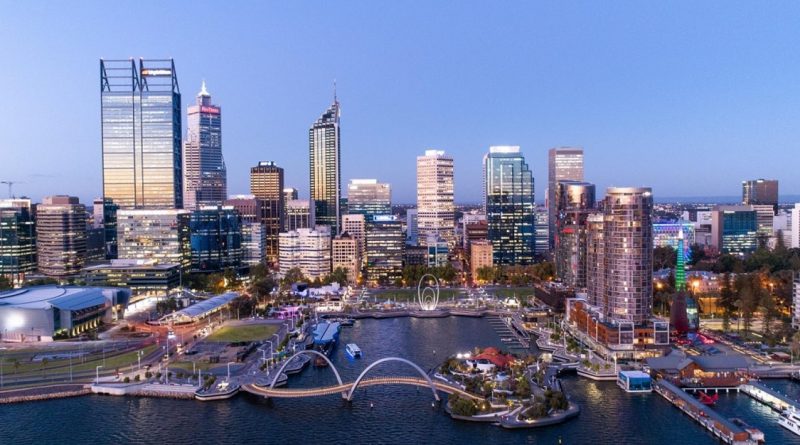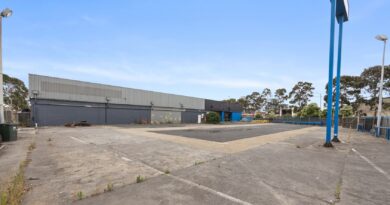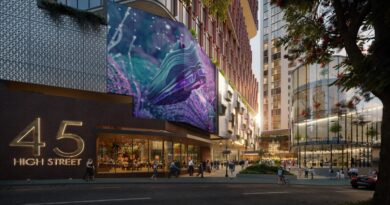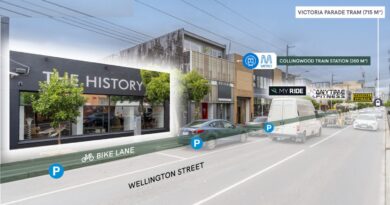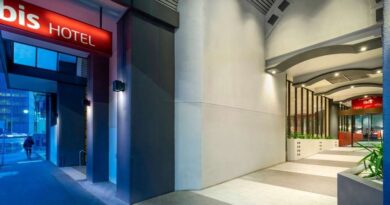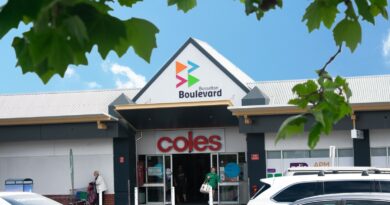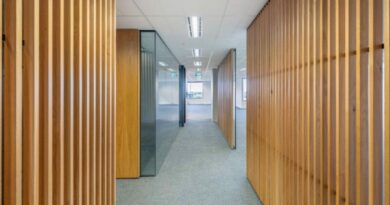PCA OMR shows tight vacancy in Sydney, Melbourne
The Property Council of Australia released its twice annual Office Market Report today.
The national stock comparison showed vacancy in Adelaide and Perth improved since the 2H19 (July) OMR.
More than 680,000 square metres of stock is due to be added to the national stock list this year – four fifths between Sydney and Melbourne.
Sydney
Sydney CBD vacancy rose from 3.7 per cent to 3.9pc since July.
A reduction in net supply this year will make it more difficult for tenants to find contiguous space.
But while landlords will use that to push up rents, they will also need to increase incentives to entice occupiers, CBRE associate director, Research, Ben Martin-Henry said.
North Sydney
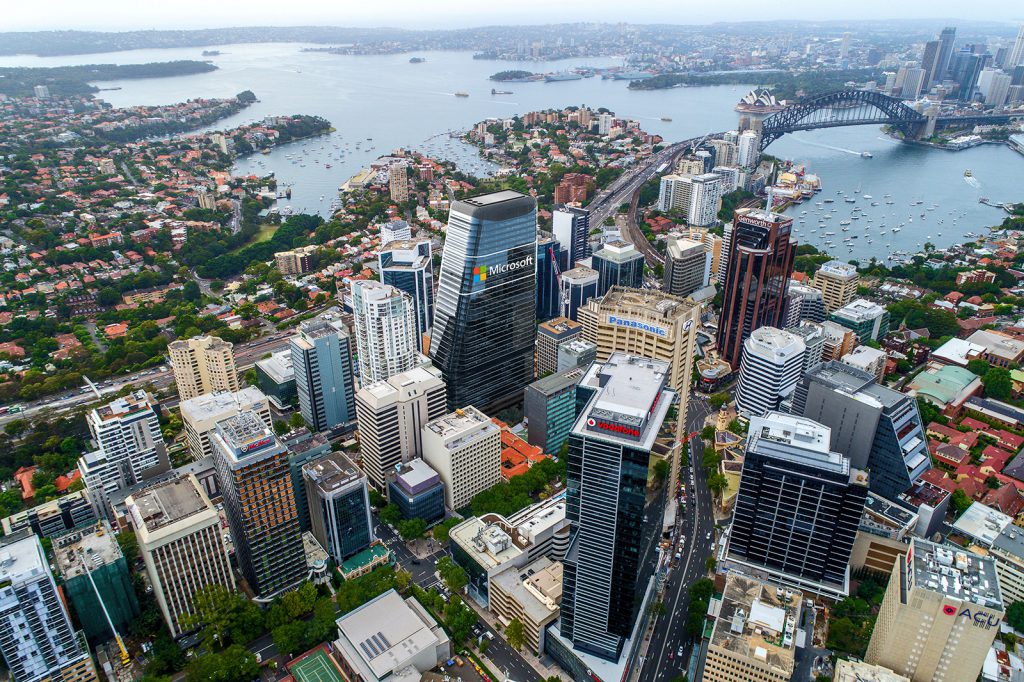
Colleague Stefan Perkowski, Office Leasing director, added that momentum in North Sydney office market is building, “highlighting a genuine reluctance on the part of many long-standing occupiers to consider a move across the bridge”.
Seven months ago Microsoft committed to c10,000 sqm at what will be the precinct’s tallest tower – 1 Denison Street.
The occupier will consolidate from several suburban Sydney location including its North Ryde headquarters.
It will be joined at its next base by Nine and Ooh Media.
All up, more than 50,000 sqm of office space was leased in North Sydney last calendar year.
“We are working on several additional leases that are expected to set new benchmarks for the North Sydney market, and we’ve seen a groundswell of business confidence,” Mr Perkowski said.
“Tenants are prepared to sign up for longer leases and capitalise on opportunities to update their office accommodation.
“There is an embedded culture with many occupiers, who like the convenience of being in a lower north shore location, close to schools and providing a good work/life balance”.
Very few tenants looked to “jump ship” in 2019 and relocate to the CBD, according to the agent.
“Our analysis of last year’s lease deals showed that just eight per cent of relocating tenants elected to move across the bridge; most moves involved companies expanding into better quality North Sydney buildings”.
This year the agency expects increased inquiry from CBD based tech-based occupiers.
Improving amenity, connectivity and availability of new office accommodation, are drivers, the broker said.
A 30pc difference in rents compared to the Sydney CBD, helps.
“It is quickly becoming the location of choice for organisations to attract and retain talent, as North Sydney transforms from North Sydney to Sydney North,” Mr Perkowski added.
Canberra
Canberra recorded the strongest net face rent increase of any capital, coming in at 11pc, Mr Martin-Henry said.
“This…growth can be attributed to the completion of the first stage of the Civic Quarter and landlords re-positioning secondary assets,” he added.
The vacancy rate meanwhile, increased over the past six months, from 10.3pc to 11.1pc.
Melbourne
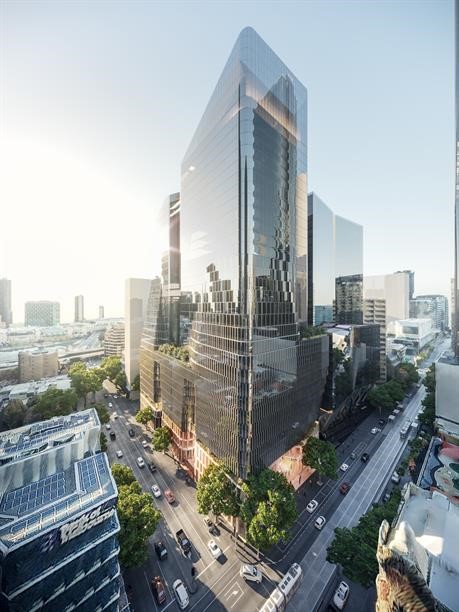
A building boom underway will result in c300,000 sqm come onto the market in Melbourne’s CBD this year.
As such, landlords can’t be as confident as they have about rent increases come renewal – despite the low vacancy rate (3.2pc, down from 3.3pc last July).
“Given the strength of the Victorian economy, most notably white-collar employment growth, we are not expecting to see any vacancy blowouts,” Mr Martin-Henry said.
Net face rents increased 6.9pc last year, Caitlin Murdoch, director, Office Leasing, added.
“With reduced options in the market, a large number of tenants renewed or moved temporarily into co-working spaces, with the view to testing the market in more favourable times”.
The part of the city classified as Eastern Core the tightest vacancy.
CBRE expects government and infrastructure groups, the growth sector employers last year, to drive the office leasing sector this year.
“Despite the large volume of new supply starting to come on line, of which the majority is pre-committed, vacancy is predicted to remain below historical averages due to strong occupier demand,” Ms Murdoch said.
“In the second half of this year we will start seeing some of the backfill trickle into the market with the vacancy forecast to increase to mid four per cent.
“The bulk of it will be delivered in 2021, when we expect net effective rental growth to slow”.
Incentives for prime product reduced to approximately 27pc in the second half of 2019, the agent added.
It will rise to c30pc as the vacancy rate increases.
“The city fringe office market remains of interest for large corporations, with a number of mooted developments fighting for tenants,” according to Ms Murdoch.
“However we are yet to see a major CBD tenant relocate to a fringe location”.
BHP, Sportsbet and Origin Energy were among the businesses which looked at relocating to Richmond last year.
“Ultimately all decided the CBD was still their best option given current market conditions,” the executive added.
Brisbane
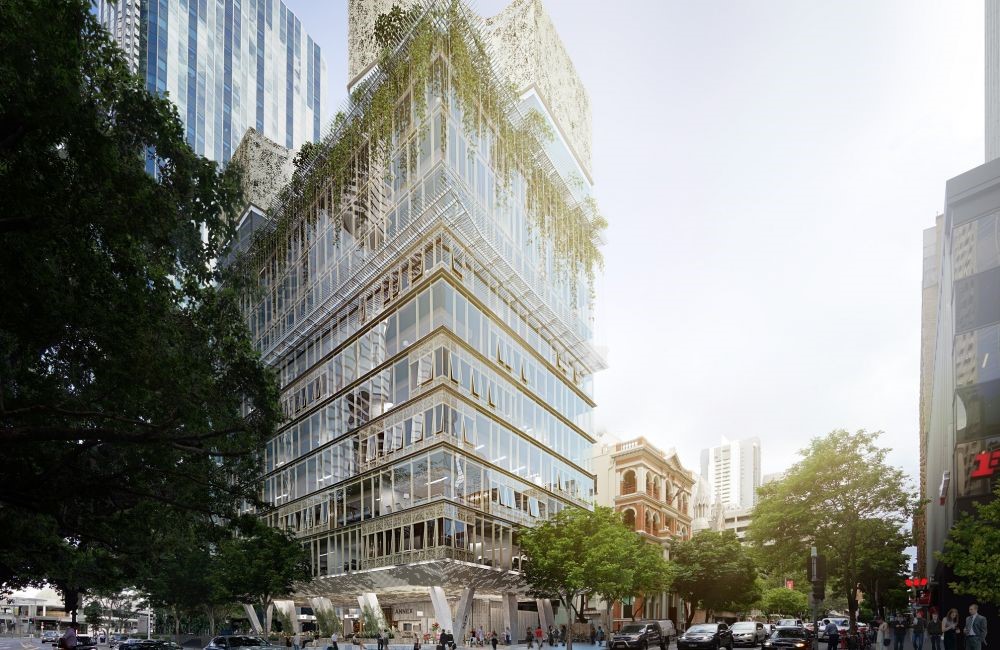
Fortunes are reversing in Brisbane, with “a pronounced” reduction in the number of contiguous prime accommodation options since last year”, according to CBRE.
Just three offerings for A-grade quality area of greater than 5000 sqm are available.
That said, the CBD vacancy rate rose, from 11.9pc to 12.7pc.
The PCA added that 1.3pc of stock was withdrawn over the same time.
“While demand is still patchy, we’ve certainly seen some improvement from the resource sector,” CBRE state director, Office Leasing, Chris Butters, added.
“The co-working sector also emerged as a significant net absorber of space last year.
“The re-centralisation of metropolitan tenants to the city is also a trend”.
CBRE said the lack of new supply will present an opportunity for landlords following the completion of 300 George St (story continues below).
Dexus’ 7000 sqm ‘boutique’ 12 Creek St Annex is also due for completion this month.
But after that, the city isn’t set for new supply until the Midtown Centre (incorporating sites at 155 Charlotte Street and 150 Mary Street) in mid 2021.
This hiatus, Mr Butters said, should put downward pressure on vacancy rates.
“It does feel like we’ll see a new wave of construction begin this year, to help cater for some of the pent-up demand caused by the lack of prime market opportunities,” the broker added.
“However, we’re unlikely to see any of this new stock completed until 2024 at best and any new construction would have to be heavily pre-committed”.
Gold Coast
Office vacancy rates rose marginally on the Gold Coast.
But the region’s diversified economy, improving business confidence and investment in infrastructure and city centres, is expected to see that decelerate or reverse.
CBRE director, Office Leasing, Gold Coast, Nick Selbie, said the recent empty space can essentially be attributed to a select few operators which have been downsized and a rise in sub-lease offerings.
“Overall demand and activity in the A and B-grade markets remain consistent with a general flight to quality, retaining competitive rental rates.
“Larger, contiguous space of floorplates exceeding 1,000 sqm are in short supply, which has helped previously-mooted projects meet pre-commitment requirements, stimulating development activity across several business parks”.
Alceon Group is set to complete a 5900 sqm building at the Acuity Business Park by July (Metricon pre-committed to 4500 sqm of it).
Two more commercial assets are permitted at the park, containing a total 9000 sqm.
CBRE said this should see the Robina/Varsity Lakes precinct surpass Southport in size for the first time.
About 38,000 sqm of Gold Coast office stock is approved or proposed to be completed from 2021.
“We also expect to see more new opportunities arise within Economic Development Queensland’s Lumina Health & Knowledge Precinct,” Mr Butters said.
“The 29 hectare Parklands Priority Development Area was created as part of the Commonwealth Games Village and is the subject of infrastructure investment of approximately $5 billion.
“It offers more than 15 building-ready development sites with capacity for c175,000 sqm of priduct.
In future development cycles, major occupiers will consider relocating to previously non-traditional locations, which will continue the CBD’s ongoing expansion, the executive added.
Perth
Perth’s vacancy rate fell from 18.5pc to 17.6pc last year.
Like Canberra, the Western Australian capital recorded double-digit net effective rent growth.
“The ongoing recovery in the…office market is a result of the turnaround in the resource sector, which is driving the take-up of space underpinned by strong growth in white-collar employment,” Mr Martin-Henry said.
“Perth’s net effective rents increased by 11.7pc last year while net face rents rose 2.3pc, which despite sounding marginal, is a strong result for an office market that has been under intense pressure over the last few years”.
Perth (and Brisbane) is not set to see any material increase in office supply this calendar year – a boon for landlords wanting to see rents continue pushing upwards.
Colleague Andrew Denny, senior director, Office Leasing, said demand for Perth CBD offices is rising in line with the resources sector.
“We expect 2020 to be a similar year to 2019 for the CBD market, with the pace of the recovery increasing.
“We are seeing falling vacancies, continuing reductions in incentive levels at the top end of the market and some rent increases.
“It is likely these incentive reductions will spread to the A-Grade sector of the market”.
Perth CBD vacancy is forecast to fall to around 15.5 per cent by the end of 2020.
Effective rental growth should circle 12.5pc for the prime sector, Mr Denny said.
“This is likely to be the highest level of growth in the country”.
The city should see some supply added – the Capital Square project currently awaiting approval seeking to add about 20,000-30,000 sqm by 2023.
Several tenants in the market looking to pre-commit to new buildings include Murdoch University for 15,000 sqm.
Those lease pre-commitments are likely to be secured this year, for buildings one can expect would then start being constructed in 2021.
Adelaide
Adelaide’s “new generation” A-grade buildings are essentially full – with little or no vacancy for contiguous space.
With that, face rents rose and incentives fell.
The CBD recorded a slight vacancy drop since July – from 14pc to 12.8pc.
CBRE senior director, Office Leasing, Andrew Bahr said there are still “a good number” of older generation A-grade buildings in the market with vacancy.
“Lease terms in those buildings are still equivalent to what they were 12 months ago, with incentives remaining at around 30-35pc.
“However, with no new buildings mooted for development until 2023 at the earliest, aside from 108 Wakefield Street that is currently under construction, conditions are expected to continue to improve for landlords,” according to the executive.
“We’ve already had very good enquiry this year, with demand being even stronger than it was at the end of last year, which bodes well for 2020”.
The city’s two large development briefs are for the state government’s DPTI, for 25,000 sqm, and the federal government (30,000 sqm).
Decisions about these pre-commitments are expected within five months.
The projects should be completed by about 2023, Mr Bahr added.
“If they proceed, there’ll be 35,000- 40,000 sqm of backfill space physically entering the market when those departments relocate out of existing CBD buildings.
“While the market is tightening at present, and we’re experiencing good growth and demand, there’s no room for complacency and owners will need to focus on optimising their existing product and recommitting to their assets in order to stay competitive.
“Overall, though, it’s the best conditions we’ve had in the Adelaide market for a long time.
“It was a tenant market for a long time, but it’s certainly swung in favour of the landlords, and that will continue through 2020”.

